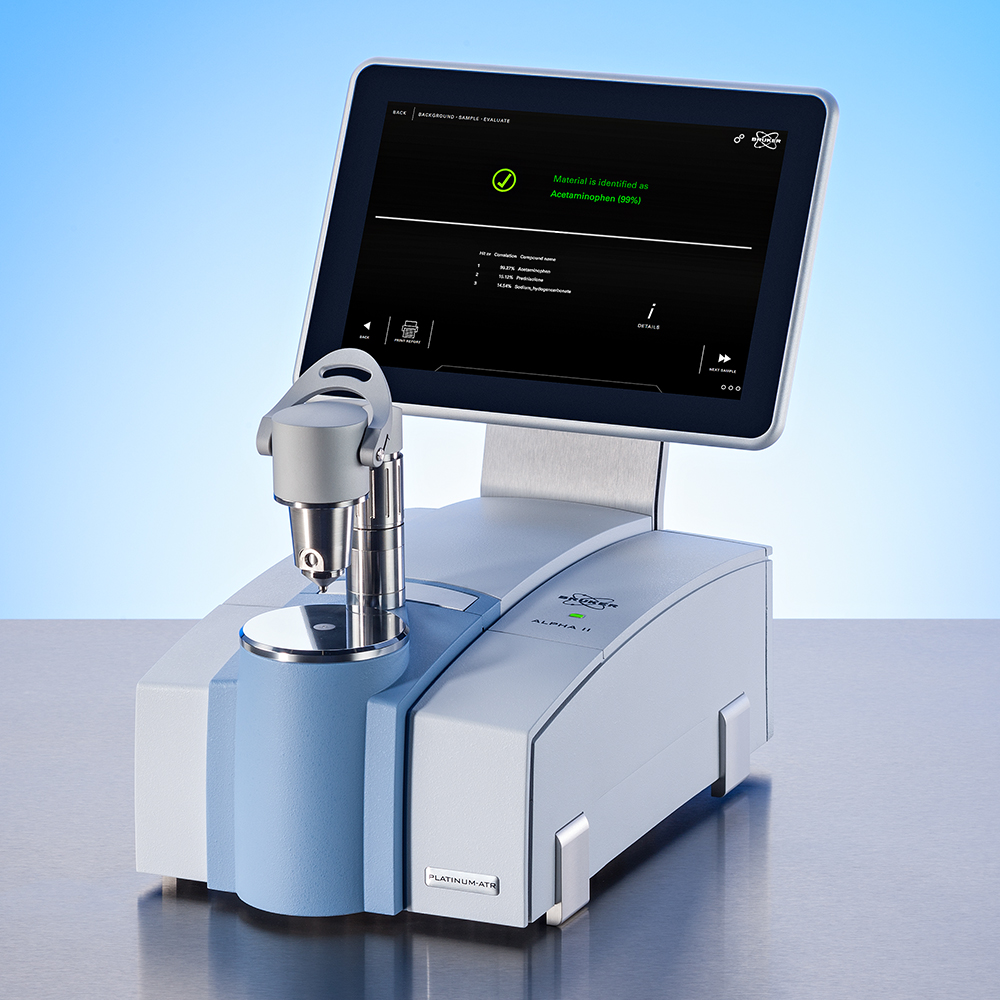

Ceramics and Inorganic Coatings
Coating Thickness Analysis using micro-XRF
Metal coatings are essential to many industrial sectors by providing enhanced surface properties to a wide variety of products. The metal coatings can provide a durable, corrosion-resistant layer to protect the base material, and help to minimize the wear and tear of metallic products. Metallic coatings can improve electrical conductivity, resistance to torque, solderability among other things. The quality control of composition and thickness of coatings is critical to ensure the correct coating properties and durability.
When tight quality control of metal coatings is required, X-ray fluorescence (XRF) analysis is the best overall solution. The Bruker M4 TORNADO micro-XRF instrument can provide simultaneous coating thickness and coating composition measurements. In addition to coating analysis, the M4 TORNADO can also measure the chemical composition of metal alloys, plating bath liquids, plastics and many other materials.
Automated Layer and Coating Analysis using XRF
The precise application of inorganic coatings is of high importance when producing mechanical, electrical or optical components. Layer analysis using XRF is an excellent tool to ensure that coatings and layers are formed as required.
XRF can be used to characterize layers by determining their thickness whilst identifying and quantifying the elements present in a layer. This makes XRF-based analysis a powerful tool for the optimization of coatings and layers, allowing their properties to be finely tuned for their target application. Components that are coated during production must also be quality checked to ensure the coating is of the correct thickness and constitution for its target use.
The automation of these processes brings benefits in both effectiveness and efficency. The XMS, from Bruker Nano Analytics, is designed for automated XRF analysis on production and quality control lines. The XMS can be used for the automatic analysis and checking of layers and coatings on components as they are produced, bringing efficiency savings and improvements in quality to many industries.
Mapping of Layer Thickness Variations using micro-XRF
As X-rays may pass through matter, XRF in general allows for the determination of layer thicknesses. Using micro-XRF, in this case the M4 TORNADO, the layer analysis (thickness and composition) is rendered feasible with spatial resolutions on the micrometer scale. Layer analysis is strongly based on atomic fundamental parameter quantification and can be improved by use of standard samples. Thus "common" layer systems, such as ENEPIG coatings, ZnNi coatings, or solder layers, where standards are readily available can be measured with high accuracy but also novel layer systems in an R&D environment can be tested.
Measure Layers in a Vacuum using micro-XRF
The analysis of thin layers or coatings is a common task in micro-XRF spectrometry. Both the non-destructive operation of the method and the ability of X-rays to penetrate into sample and obtain information on the material beneath the surface make this method attractive for the purpose of analyzing single or multiple layers.
The special challenge in analyzing the samples discussed here is that both layer (aluminum) and substrate (silicon) are light elements, which requires measurement under vacuum, otherwise the air in the beam path between sample and detector would absorb the low energy radiation emitted by the sample. Additionally, this application compares manual and automatic analysis using
Auto-Point. Results show that layer thickness can be accurately determined with micro-XRF (M4 TORNADO) , which is confirmed by comparison with direct measurement results on a layer fracture edge in the scanning electron microscope.
Investigation of a Polycrystalline Tungsten Coating on Silicon
Most machining steps introduce residual stresses which can affect the performance of manufactured components. Compressive stress can be engineered into a metal coating to resist crack propagation, while tensile stress can be exploited to enhance conductivity in semiconductors. Strained materials exhibit changes in atomic spacing which can be detected by X-ray diffraction (XRD) and related to the stress via elastic constants.
CVD Diamond-like Carbon Coating Homogeneity Evaluation via Raman
To make it short, Raman spectroscopy is one of the most powerful tools for carbon allotrope analyses. Naturally, it is the go-to-tool for chemical vapor deposited diamond-like carbon.
It allows differentiating the numerous carbon types and provides essential structural information, e.g. the important sp2/sp3 ratio. Furthermore, Raman microscopy is able to acquire Raman spectra in the submicrometer range.
- Coating uniformity evaluation
- Insights into coating process
- Comprehensive carbon allotrope studies
Diamond-like Carbon Layer Thickness Determination by FT-IR
FTIR spectroscopy can be used for the layer thickness-determination of such films. For smaller structures in the micrometer range, FTIR microscopes provide excellent results and enable reliable layer thickness determinations.
This is done, by using reflection measurements on the optically transparend diamond. This leads to so-called interference-induced fringes. These are caused by light being reflected both from the surface of the coating layer and from the substrate below the coating.
Interested?




